Manual 21 Helps Educate Civic-minded Young People
How to lead students towards environmental or media literacy and civic activism
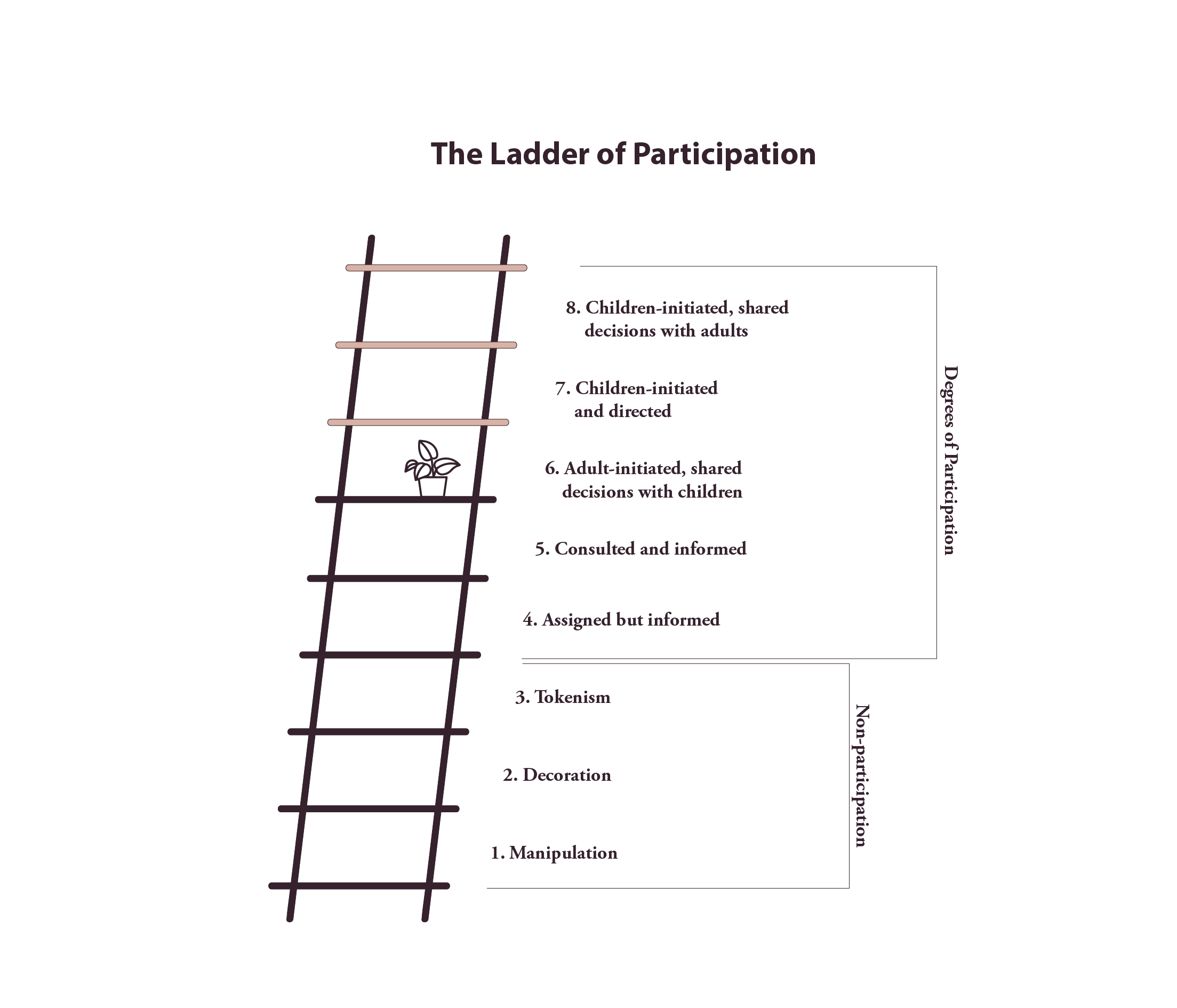
“Preparing lessons and activities in the past has been time consuming. I have been preparing the topics included in Manual 21 (i.e., environmental, civic and media topics) for students since about 2013, so I very much appreciate this manual, which will significantly facilitate the work of many, especially novice, teachers. Of the methodologies of similar focus that I have known so far, Manual 21 is one of the most comprehensive and is based on long-term experience and collected examples of good pedagogical practice,”
Jana Šošovičková, Deputy Director of the Private Primary School in Nová Dubnica, about the educational materials contained in Manual 21
What will you learn in this chapter?
- What motivated the creation of Manual 21 and what are its objectives?
- Why is the overall school setting important for implementation?
- Which risks need to be avoided during implementation?
- What are the benefits of Manual 21 for students and the wider community?
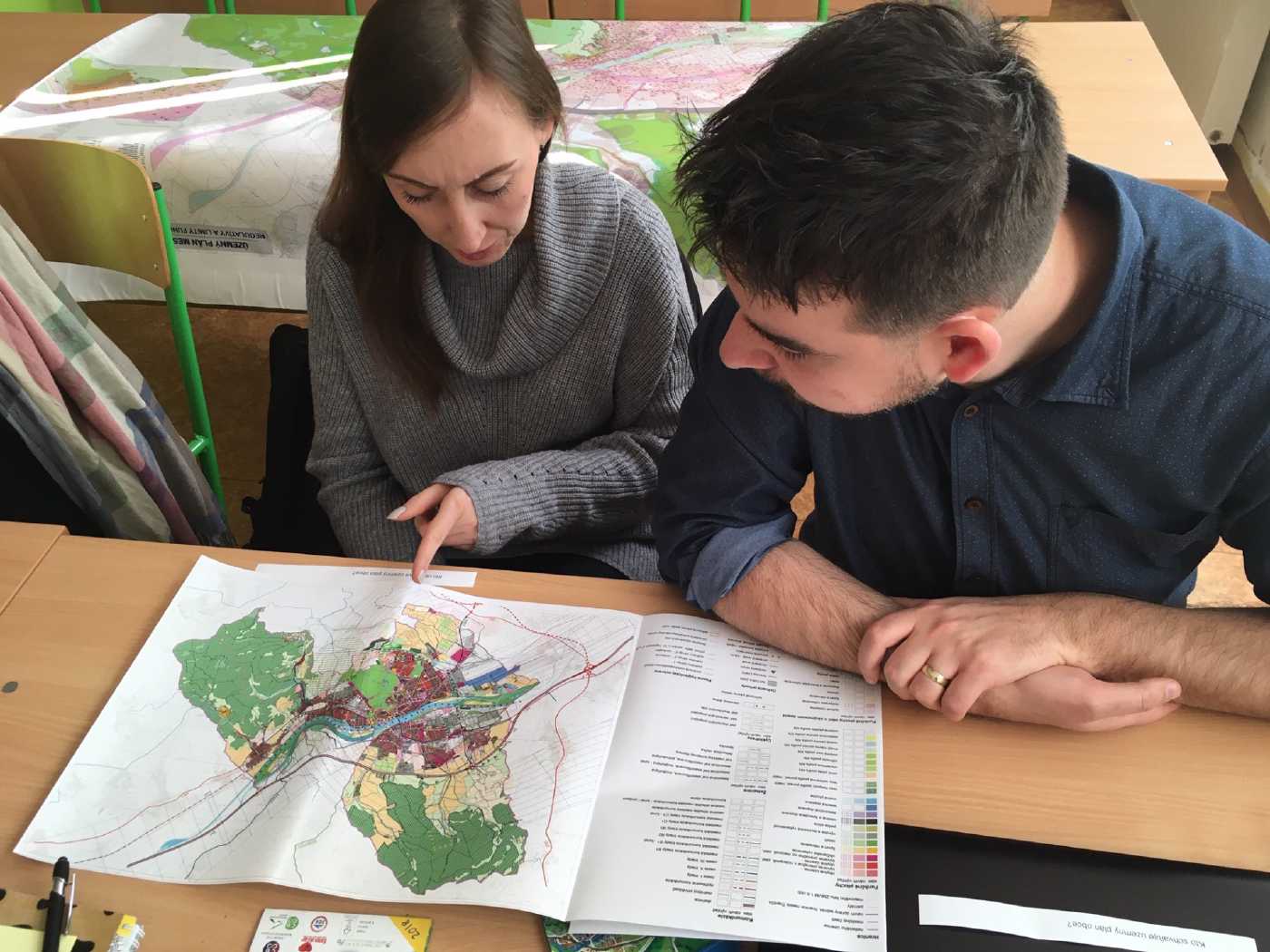
The purpose and objectives of Manual 21 in the context of participatory approaches
The consequences of climate change and other global challenges are already a recognised part of our daily lives. Yet, or precisely because of this, young people (and not only) are increasingly exposed to false news and hoaxes. It is also becoming increasingly clear how the development of civic skills has an enormous impact on the quality of governance and the development of civil society and democracy. The increasing demand for young people’s environmental awareness, media literacy, and civic discernment, in the context of the global environmental challenges facing our society, were the main starting points and motivations for the creation of the educational material Manual 21.
The content of the Manual, prepared by the Centre for Environmental Activities in Trenčín, within the framework of the Young Reporters for Civil Society Project, was created in cooperation with educators and supplemented by short videos from the Young Reporters for the Environment Programme. The material consists of the following chapters/topics:
- Climate crisis (1)
- Zero-waste (2)
- Spatial Planning (3)
- Observant citizen (4)
- Civic participation (5)
These topics were not chosen at random, but rather the authors chose them because they are only very marginally or not at all covered in the current school curriculum.
In the context of participatory approaches, the aim of the material is to teach young people to notice the world around them and the problems in it. It is important to try to solve the problems discovered with the help of competent representatives, or at least to point them out constructively and propose appropriate solutions. Education according to the Manual 21 entails the development of long-term relationships between the school, the students’ home environments, the local community, and the local government based on participation in the themes of the chapters.
The target group of the Manual is primarily teachers at the second level of primary and secondary schools teaching subjects on media education, civic education, ethics education, environmental education, or global education. Its videos and activities can inspire extracurricular activities (clubs focusing on environmental and media production) or active young people directly in their own activities (publishing on social networks and participation in decision-making through participation in civic associations and other initiatives). For young people, the material develops key competences in the areas of:
- environmental awareness
- media literacy
- active citizenship skills
Since 2021, it has been gradually implemented in the educational process; this means that we can talk about a number of schools and few hundred of students (mostly aged 14 to 18 years), all of whom have benefited from some of the available activities. The implementation is taking place in different-sized settlements, ranging from municipalities to districts and regional towns. The common denominator is the links to the local environmental and civic and community settings.
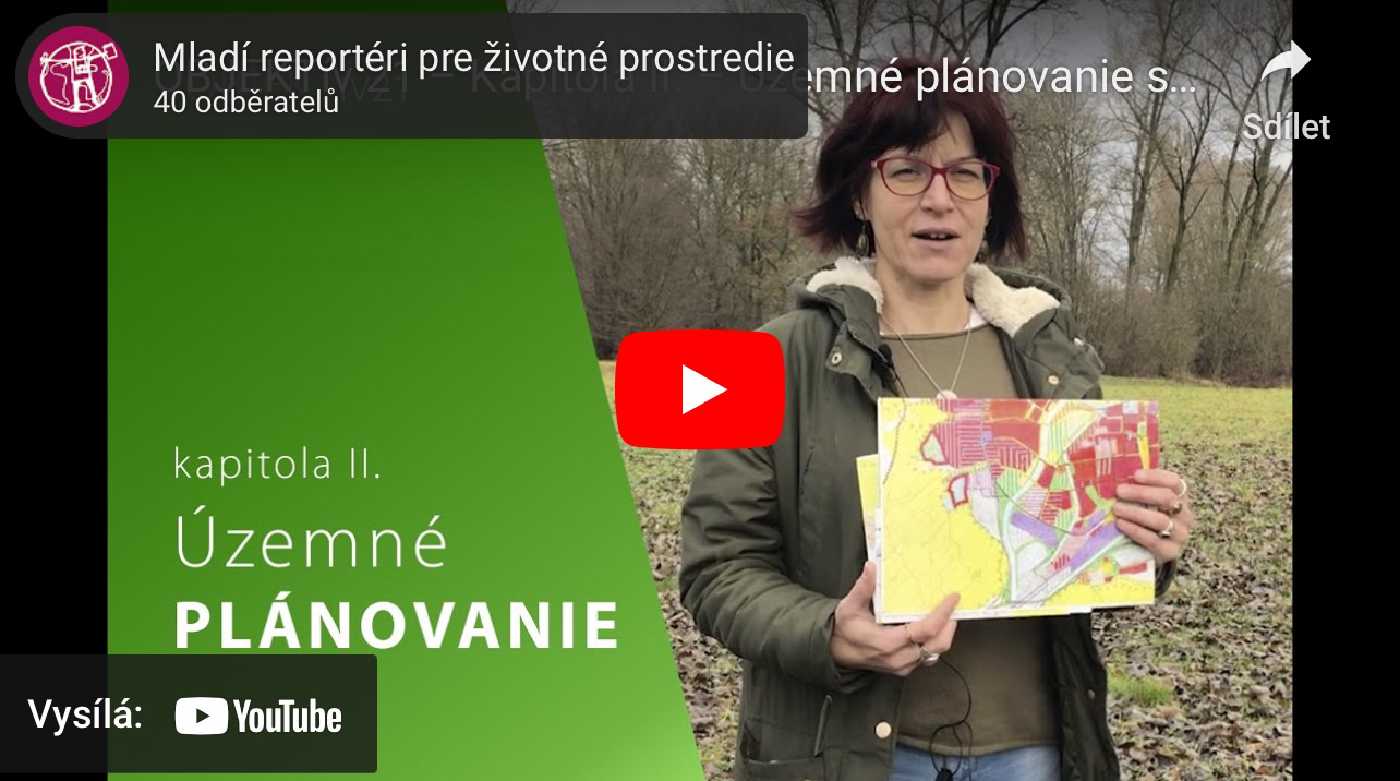
Important pillars and ingredients in the implementation of the Manual
To really implement this educational material effectively, and for the benefit of the students, it is good to look at it as a food preparation process. If the cook were to omit key ingredients, like sugar or flour, in the preparation of a cake, then the desired result would not be achieved. The same is true with Manual 21. In summary, it is possible to define a number of pillars on which successful implementation should stand:
- a participatory and community-based school environment,
- an adherence to the chronological sequence of the selected activities,
- a sensitive way of communicating possible failure in selected activities, and
- use of technological and technical equipment in the school.
Let’s take a closer look at the individual ingredients. The first is the nature and setting of the school, as the design of the individual activities does not allow for their full implementation in environments that do not espouse the values of an equitable, peer-based and participatory approach to learning. This is reflected in the classroom climate; a good climate that fosters creativity, inventiveness, and students’ desires to progress, as this is essential for the fulfilment of the activities in the Manual. Facilitation should include good team leadership, collaboration, and interactive forms of teaching.
Keeping to the chronology of the activities is important in order to understand the meaning of concepts and terms correctly (this is important, for example, in the first chapter on “Climate Change”). Incorporating video-material into the teaching can be an interesting form of motivation for students. Importance should be placed on communicating the fact that not every effort to raise awareness and address a problem in their environment will end in success, and that this should not be discouraging in every case (more in the next sub-chapter).
The last ingredient is the technical and technological means. The vast majority of activities presuppose the basic equipment of the school with audio-visual technology, enabling interaction with educational content in digital form (e.g., projector, stable internet, etc.).
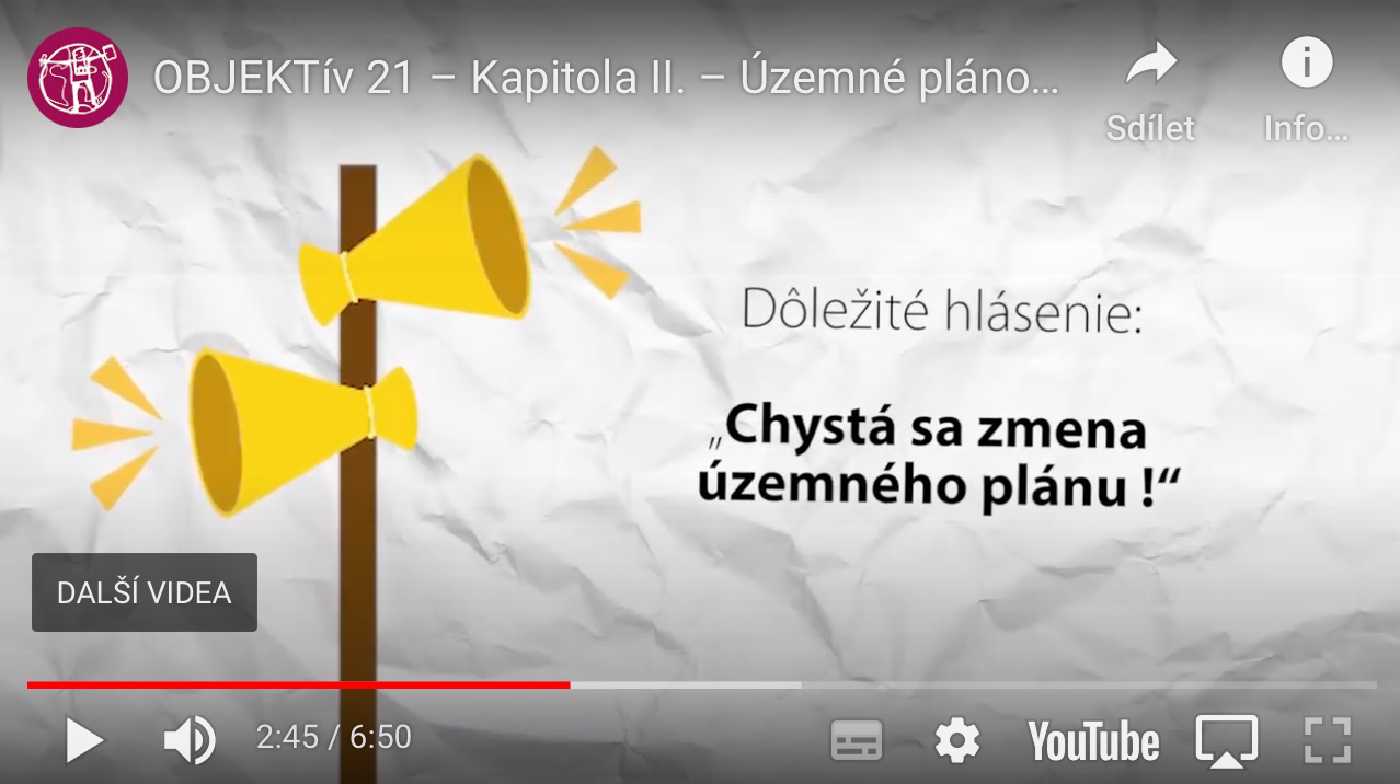
Structure of Manual 21
Manual 21 is freely accessible via the web page Manuál 21. It was designed to be interactive, and many activities can be done online with students; all worksheets and methodologies can be downloaded with the possibility to edit them. It is up to the teachers how they arrange the different topics, whether they use all the activities as a whole or select only some of the activities to enrich their own learning construct.
Each topic covered in Manual 21 begins with an introduction and a list of important terms, keywords, and resources. The topics in Manual 21 are minimally covered in the current school curriculum, or in some cases, they’re not covered at all. Therefore, a brief introduction to these current and important issues is important, for example, with the topic of spatial planning and its basic concepts (e.g., the spatial plan, phases of preparation and updating, possibilities and forms of public participation in the process of preparation and approval of the spatial plan, etc.) and their importance are explained.
Each chapter is accompanied by an original 5 to 7-minute-long video of an interview with a personality who is “at home” in the subject; for example, in the chapter “Spatial Planning” there is a video made with Martina Paulíková, a long-time activist from Zvolen and leader of the Slatinka Association. “Video is an excellent means of evoking a theme, of defining issues that we can address further. Usually, after watching the video, a discussion among students about the problem is sparked, which is a good start for further activities,” says Zuzana Dzurišinová, a teacher at the Ján Adam Rayman Gymnasium in Prešov, about the students’ participation in the activities.
The structure of the individual chapters is then followed by a description of the specific activities, which are accompanied by worksheets and methodological instructions for the teacher. In the example of the chapter on “Spatial Planning”, these are:
- What is a (good) spatial plan for? (PPT)
- Where and how to look for spatial planning information? (an exercise related to searching for information on the Internet)
- An initiative for a change of the zoning plan (an exercise, see annex)
- A public discussion on amendments to the city’s zoning plan (a role-playing game)
The last activity in each chapter is then an idea for a participatory reporting activity (with a link to the Young Reporters for the Environment Programme: www.mladireporteri.sk, www.yre.global). This type of activity develops media skills in addition to environmental knowledge and citizenship skills. In the case of the chapter on Spatial Planning, for example, this activity is the topic of the “Feelings Map”. Students are asked to learn about the concept and meaning of feeling maps (www.pocitovamapa.sk), to create a feeling map of their village by interviewing citizens, and to publish the report in the form of an article.
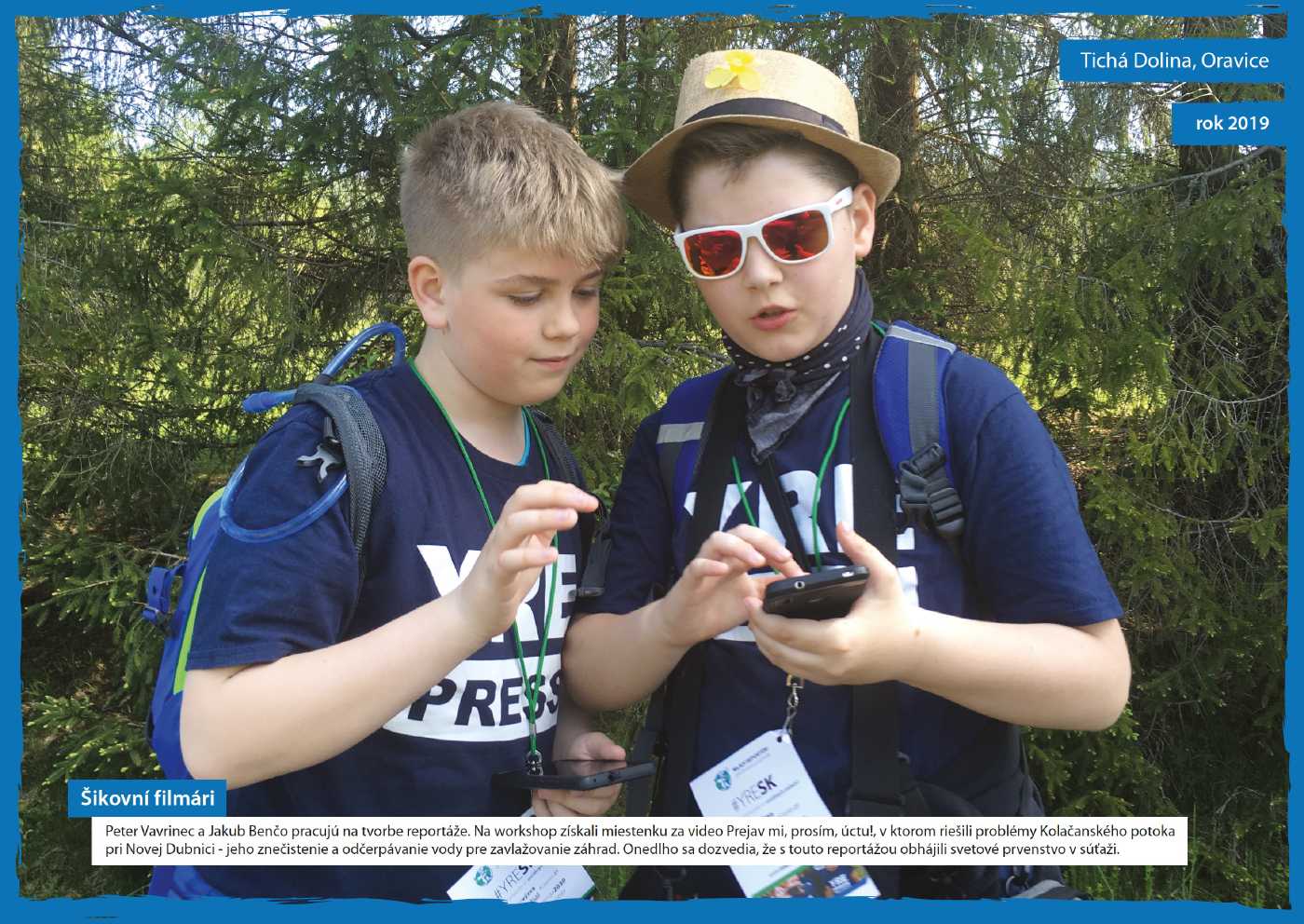
Risks that may occur during implementation
Although the aim of the individual chapters of the educational material Manual 21 is mainly motivation, in addition to raising civic, media, and environmental awareness, some of the topics could make students feel environmentally anxious or frustrated by failures. In general, it is good to be aware of the risks that may arise in the process of implementing particular activities, such as:
- environmental anxiety (Manual chapters 1 and 2),
- disappointment from failures to solve problems (Manual Chapter 4), and
- demotivation from the inability to enforce changes (Manual Chapters 3 and 5).
All of the above risks can be avoided by good programme facilitation. Also, the inclusion of an introductory video that presents a specific positive story for each chapter (e.g., the video in Chapter 4 on mindful citizenship from the students from Kláštor pod Znievom) can significantly reduce the risk of demotivating pupils in case of failures. The individual activities are structured in such a way that they motivate students to start with themselves and with small changes in their environment.
In the case of the introductory videos on sensitive environmental topics (the “Climate Crisis” and “Zero-Waste” chapters), the video always follows the expertise on the scale of these global issues with hints and tips on what students can do themselves to do their bit to mitigate the impacts of climate change. This part of the video both motivates students and gives them hope that it is not too late to take actions and reduce the risks of climate anxiety.
Impacts on students’ competences
Manual 21 focuses on the development of students’ civic and media competences, especially in the context of the major global challenges that the adolescent generation will face (climate change and sustainability issues). Each of the chapters focuses on a specific area of young people’s environmental, civic, and media competences through an introductory video and follow-up activities.
Chapter 1: “The Climate Crisis”
- Expanding climate change awareness and explaining key concepts
- Inspiration for concrete steps that an individual can take
- The ability to distinguish between serious and tabloid news, not to fall for climate hoaxes
Chapter 2: “Zero-waste”
- Expanding awareness on waste issues
- Understanding the basic methods for waste reduction (5Rs)
- Identifying common myths about zero-waste lifestyles
Chapter 3: “Spatial Planning”
- Discovering the importance of the master plan for the shape of the city/municipality
- Acquiring competences for active participation in the process of changes to the spatial plan
- Explanation of key concepts, processes, and their implications
Chapter 4: “The Observant Citizen”
- Understanding that even very young people can push for change
- Introduction to the concepts and tools of civic participation (Message to the Mayor)
- Formulating and submitting a request under the Freedom of Information Act
Chapter 5: “Civic Participation”
- Explanation of the concept of civic participation
- Learning ways for young people to participate civically
- Suffrage, debate on the age of active suffrage
Impact on the school and the local community
Manual 21 is exceptional in the way it connects education in schools with communities at the local level. The activities aim not only to develop young people’s competences in the three areas mentioned above, but also to motivate pupils to apply the skills they will bring by reaching out from school to their families, local community, or local government, for example through activities like:
- “reducing family CO2 production – saving our family”,
- “analysing domestic rubbish bins”, and
- “adding suggestions to the portal Link for the Mayor”.
The activities teach young people to perceive environmental and other relevant issues in their environment and to actively participate in solutions. This dimension of the Manual reflects its link to the international Young Reporters for the Environment Training Programme, where students can apply the knowledge they have acquired through the application of the 4-Step Methodology.
In today’s fast-changing world, accumulating knowledge is not enough. This Handbook is a small contribution to making school a place where environmentally aware, media-savvy, and civically responsible young people grow up.